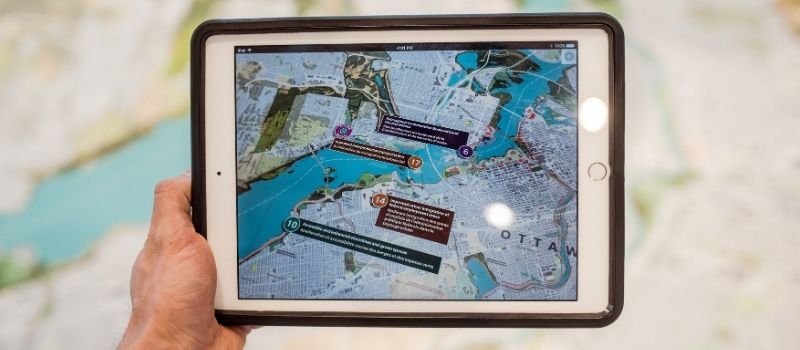 Cities around the world are still on the front lines battling the COVID-19 pandemic, and highly urbanized areas have felt the most concentrated effects of the virus. That has sweeping implications going forward. So, how will this pandemic impact urban planning and design?
Cities around the world are still on the front lines battling the COVID-19 pandemic, and highly urbanized areas have felt the most concentrated effects of the virus. That has sweeping implications going forward. So, how will this pandemic impact urban planning and design?
Urban planning through the history of pandemics
We’re in the last quarter of 2020, and we still don’t know when the pandemic will be “over.” But one thing is for sure. COVID-19 will reshape urban design around the world.
Many of the developments in urban planning through the history of cities are the direct results of pandemics and health crises. Various research backs this up, like that surrounding London’s response to the 1850 cholera outbreak.
The same phenomenon spanned the Spanish flu pandemic in 1918 up to the most recent SARS and H1N1. These pandemics exposed shortcomings in our cities’ planning and design. New and greatly improved infrastructure or city policies resulted from all of these crises.
COVID-19 vs. cities
As rates of infection and death rose, cities needed to identify health management and urban design problems. They also needed alternatives.
History tells us that airborne illnesses such as COVID-19 are hard to combat. Physical distancing, wearing masks, lockdowns and travel bans were the general measures to halt the spread of airborne viruses, such as COVID-19. Density management was one of the main focus of New York City.
Rethinking cities in the post-coronavirus world
Many areas around the globe are beginning to think about what’s next. It’s still early to tell the final lessons learned from the pandemic. But city planners agree that now is an evident opportunity to reform urban planning and design to create sustainable and resilient communities.
Here are some of the foreseen changes in city planning:
- Transportation independence. City transportation should be planned in a way that offers people safe streets. This will allow them to choose to walk, bike or move without owning a car. Bike-friendly measures are already in place around the globe.
- Mixture of green and blue spaces. Public demand for urban parks has been high during this pandemic. Cities will include pocket parks, watersheds and the likes in the heart of urban areas. These can also serve as part of the evacuation protocols.
- Decentralization of core services. Every city’s accessibility to core services will be prioritized moving forward. Some residents lack access to essential services like water, health care and housing, and can have trouble amending the problem.
- Digitized, granular data. Easy access to data was important in dealing with the pandemic. Granular, local data should be available digitally to aid in faster decision-making, local mapping and community information.
COVID-19 is far from over. Our world and our cities will go on shifting to a new normal, but it’s the transformations shaping the future of urban planning that will drive us to a better normal.
Photo by Tobias on Unsplash
Charisse Ann Nevalga-Almeida hails from the Philippines. She works as an Investments Specialist in the City Government of Cabuyao, Laguna. A public sector professional for four years, she also dreams of pursuing urban planning and development management career in the future. Cha is also a freelance copywriter and social media strategist aspiring to help social impact businesses. She’s also a digitally savvy mom of three, advocating digital citizenship, especially among the youth. Cha loves reading blogs, watching documentaries and listening to podcasts on anything about social good, sustainability and social media while having her daily coffee fix. Follow Cha on Instagram and LinkedIn.





Thanks for the history lesson Cha! This is an interesting look at where we might go after COVID-19 is under control.